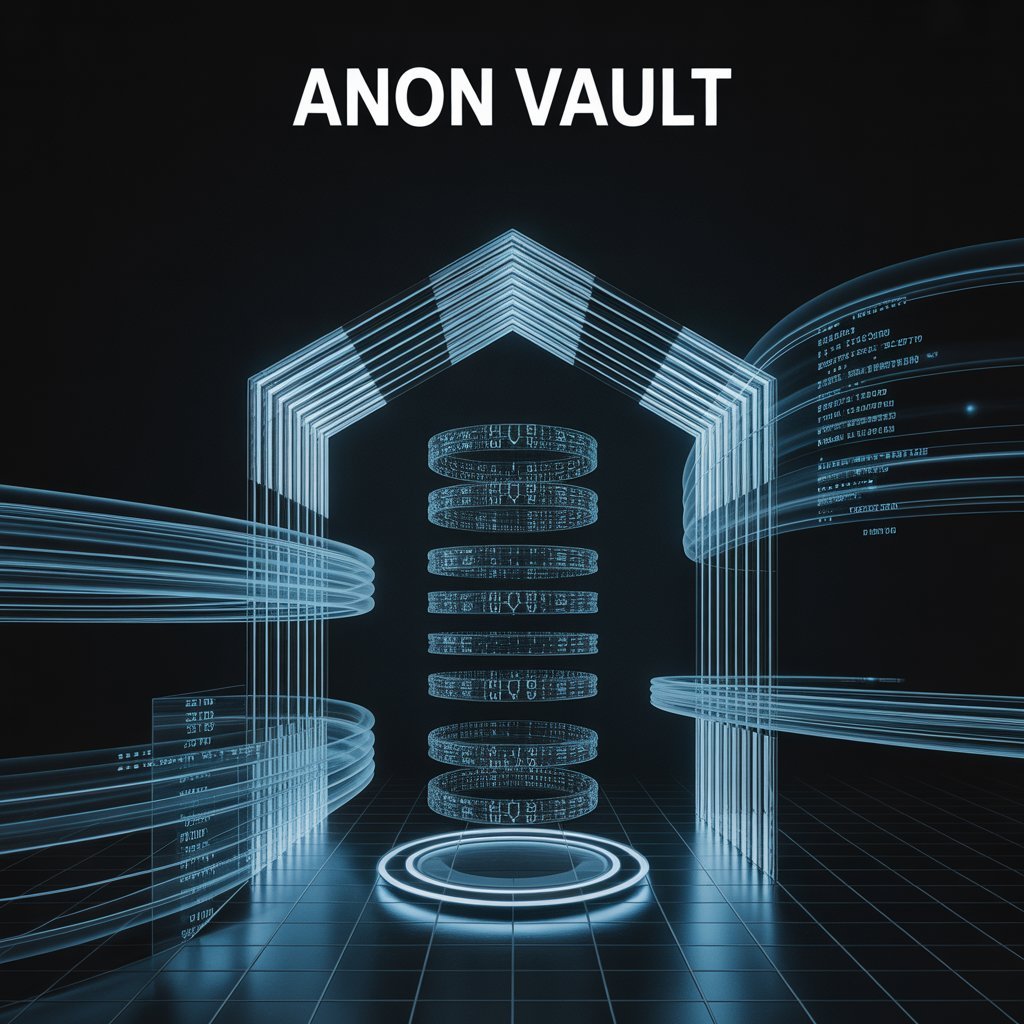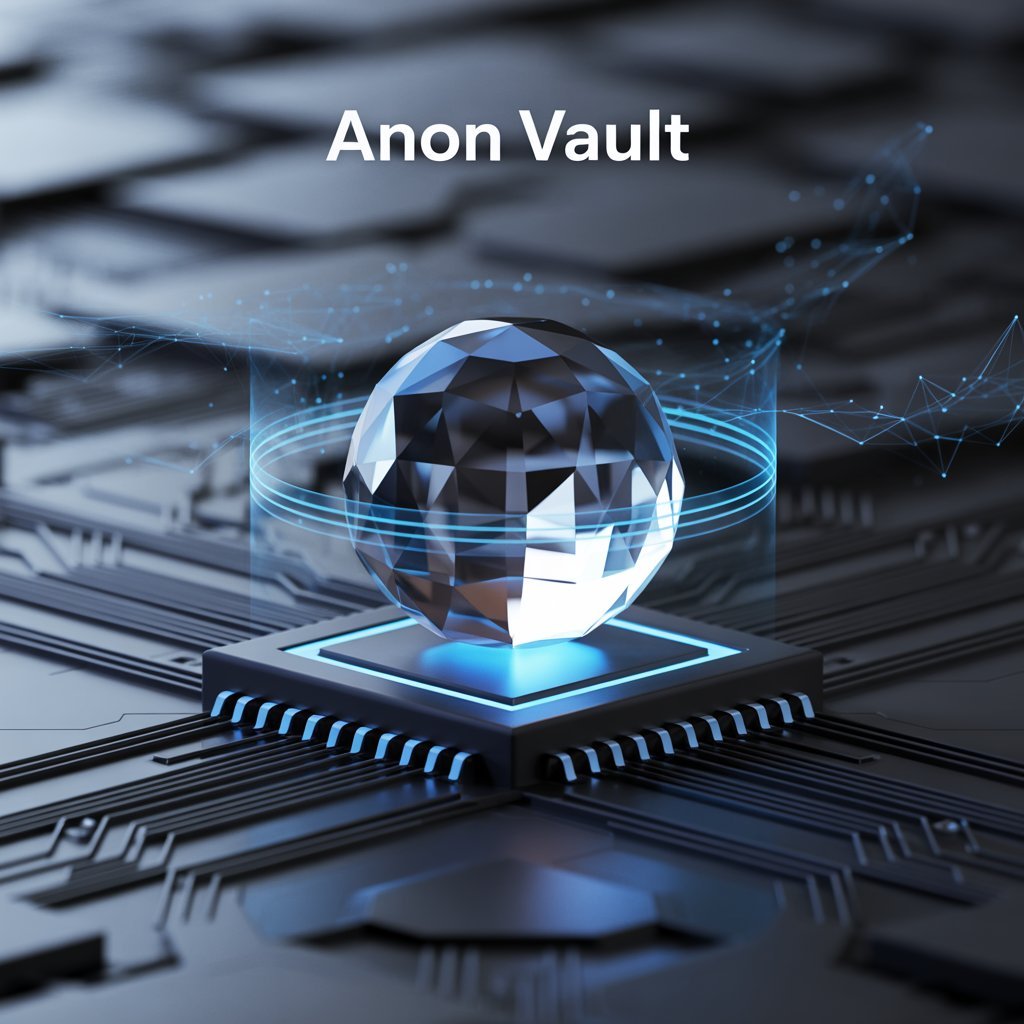In a world increasingly concerned with surveillance, control, and digital footprints, privacy is no longer optional—it’s survival. Enter the anon vault, a modern solution designed to provide crypto users with complete anonymity, unmatched security, and full financial sovereignty. While traditional wallets expose your identity with every transaction, an anon vault hides it all. But what exactly is it, how does it work, and why is it attracting so much attention in the DeFi space? Let’s explore this revolutionary concept in detail.
What Is Anon Vault and Why It Matters
Anon vault is a privacy-focused digital storage solution for cryptocurrency and digital assets. Unlike standard crypto wallets that are linked to identifiable addresses on public blockchains, anon vaults are structured to obscure ownership, transaction data, and activity history. Their purpose is simple but vital: to protect financial privacy in an environment that is increasingly hostile to anonymity.
This isn’t about hiding illegal activities—it’s about giving users control over their data, money, and movements without being watched. In the age of on-chain analytics and government overreach, a tool like this is empowering for activists, journalists, enterprises, and even everyday individuals who simply want to keep their financial lives private.
Key Advantages of Anon Vaults
Anon vaults offer a powerful set of benefits that set them apart from other crypto solutions:
- Unmatched Privacy: Obfuscates transactions and ownership, even from blockchain explorers.
- Censorship Resistance: No centralized authority can freeze or trace assets inside the vault.
- Secure Self-Custody: Only the user controls access, using advanced encryption and smart contracts.
These features combine to form a privacy-preserving fortress for digital finance, helping users escape the constant threat of being monitored, blacklisted, or financially profiled.
How Anon Vaults Actually Work
The magic of anon vaults lies in the synergy of cryptography, smart contracts, and decentralization. They are typically built using zero-knowledge proofs (zk-SNARKs), which allow someone to prove something is true without revealing the actual data. In the case of anon vaults, users can prove ownership of funds or perform a transaction without showing how much they hold or from where the funds came.
A critical component is stealth addresses—these generate one-time-use addresses for each transaction, making it impossible to track a user’s full activity. Ring signatures, borrowed from privacy coins like Monero, allow transactions to be signed by a group of users, hiding the actual sender. Mixing services and obfuscation layers are also employed to scramble transaction paths.
These vaults are often non-custodial, meaning the users maintain full control, but with automation powered by smart contracts that enforce access conditions, expiry rules, or delayed unlocking in emergencies.

Origins and Rise in Crypto Culture
The term “anon vault” emerged from underground crypto communities—forums, GitHub pages, and private Telegram groups—where developers brainstormed how to bring true privacy back to blockchain. Initially, it was just a concept floating in the sea of pseudonymity that is Web3. However, growing surveillance from centralized exchanges and regulators pushed the idea into development.
Decentralized Autonomous Organizations (DAOs) began experimenting with privacy-preserving vaults to protect treasury strategies, shield voting processes, and pay contributors confidentially. Since then, the use cases have exploded beyond DAO use.
Real-World Use Cases for Anon Vault
Anon vaults serve practical purposes across a wide spectrum of industries and users. Their flexibility and security make them ideal for the following scenarios:
- Individual Users: People who want financial privacy can store tokens, NFTs, and stablecoins without exposing their holdings.
- Activists and Whistleblowers: Those operating under oppressive regimes can use anon vaults to fund campaigns or accept donations safely.
- Institutions: Businesses and hedge funds use them to secure trading strategies and manage funds away from competitors’ eyes.
Even NFT collectors use these vaults to anonymously build collections, while blockchain game players store valuable in-game assets with reduced risk of identity exposure.
How to Set Up Your Own Anon Vault
Creating an anon vault is simpler than it sounds, but it does require precision. First, users need to select a platform that supports private vault deployment. Examples include Railgun, zkSync Era, and Nocturne—each offering different privacy mechanisms.
After creating a fresh, unrevealed crypto wallet, users must connect to the platform’s privacy layer. Assets are then deposited into the vault through a smart contract interface that automatically enables shielding and masking. Some platforms offer one-click privacy toggles, while others allow customizable permissions such as time locks or guardian access.
Operational security is essential. Using a VPN, never revealing vault addresses publicly, and separating devices used for anon activities from everyday use are key steps in avoiding de-anonymization.
Risks, Challenges, and Misuse Potential
While anon vaults are empowering, they are not without controversy. Authorities worry that such privacy tools could be used for illicit finance, including money laundering or bypassing sanctions. Regulatory bodies like the U.S. Treasury have cracked down on tools like Tornado Cash, prompting discussions around whether privacy is a right or a loophole.
Still, supporters argue that blaming technology for criminal behavior is like blaming paper for fraud. Just like VPNs, encrypted messaging apps, and cash, privacy tools are neutral. Their ethical use depends on the user. That said, the crypto community is working on zk-KYC systems—allowing vault users to prove they’re compliant without revealing who they are.
Another issue is usability. Setting up an anon vault requires a bit more technical know-how than your typical MetaMask wallet. Mistakes during setup could result in loss of funds or permanent loss of access. That’s why education and cautious implementation are essential.
Alternatives Compared: Is Anon Vault the Best?
There are other methods to achieve privacy in crypto, but anon vaults offer a compelling edge. Here’s how they compare:
- Centralized Wallets: Easier to use but inherently surveillance-prone.
- Multisig Wallets: Add layers of security but don’t hide user identities.
- Hardware Wallets: Excellent for protection against hacks, but offer no anonymity on-chain.
- Mixers like Tornado Cash: Good for transaction-level privacy, but not ideal for storage or complex asset management.
Ultimately, anon vaults combine the strengths of privacy, programmability, and control in a way few others can.
Best Practices for Maintaining Privacy Inside Anon Vaults
Using anon vaults responsibly is as important as using them at all. To preserve their effectiveness:
- Use burner wallets and never reuse addresses across platforms.
- Avoid connecting to Web3 dApps or exchanges using the same wallet.
- Split assets between multiple vaults to limit damage in case of compromise.
Never talk about your anon vaults publicly or on identifiable accounts. OpSec (Operational Security) is the silent partner to any successful privacy strategy.

The Future of Private DeFi and Vaults
Privacy in crypto is no longer a niche—it’s a necessity. With regulators tightening their grip and AI tools tracking on-chain movements in real-time, tools like anon vaults will continue to evolve. The future will likely include automated vault intelligence, AI-assisted obfuscation, and even decentralized identity layers that validate users anonymously.
Soon, anon vaults may become the standard in DAOs, NFT management, and decentralized banking.
The integration of vaults with AI bots, zero-knowledge identity tokens, and quantum-resistant encryption will further solidify their place in the Web3 ecosystem.
FAQs
What exactly is an anon vault?
It’s a privacy-first digital vault on the blockchain that stores crypto assets while hiding ownership, balances, and transactions.
Are anon vaults legal to use?
Yes, in most countries. However, using them for illicit purposes can trigger regulatory issues. Always follow local laws.
How is an anon vault different from a hardware wallet?
Hardware wallets protect keys. Anon vaults protect identity and transaction data.
Can I lose access to my anon vault?
If you lose your keys and don’t have a recovery plan in place, yes. Always back up securely.
Do anon vaults support NFTs?
Many do. They can store NFTs privately, shielding ownership from public view.
Are anon vaults expensive to use?
Gas fees may apply depending on the blockchain, but the vaults themselves are often free to deploy.
Also Read more about anon vault
Final Thoughts on Anon Vault and the Future of Web3 Privacy
Anon vaults aren’t just a feature of the crypto world—they’re a philosophy. They represent the belief that financial privacy is not a luxury; it’s a human right. As blockchain matures and adoption widens, the demand for privacy will only grow.
Whether you’re managing a DAO treasury, protecting your identity, or simply safeguarding your savings, anon vaults give you the tools to do it—quietly, securely, and without compromise.
In a time where eyes are everywhere, the anon vault ensures your assets stay where they belong—with you, and only you.








